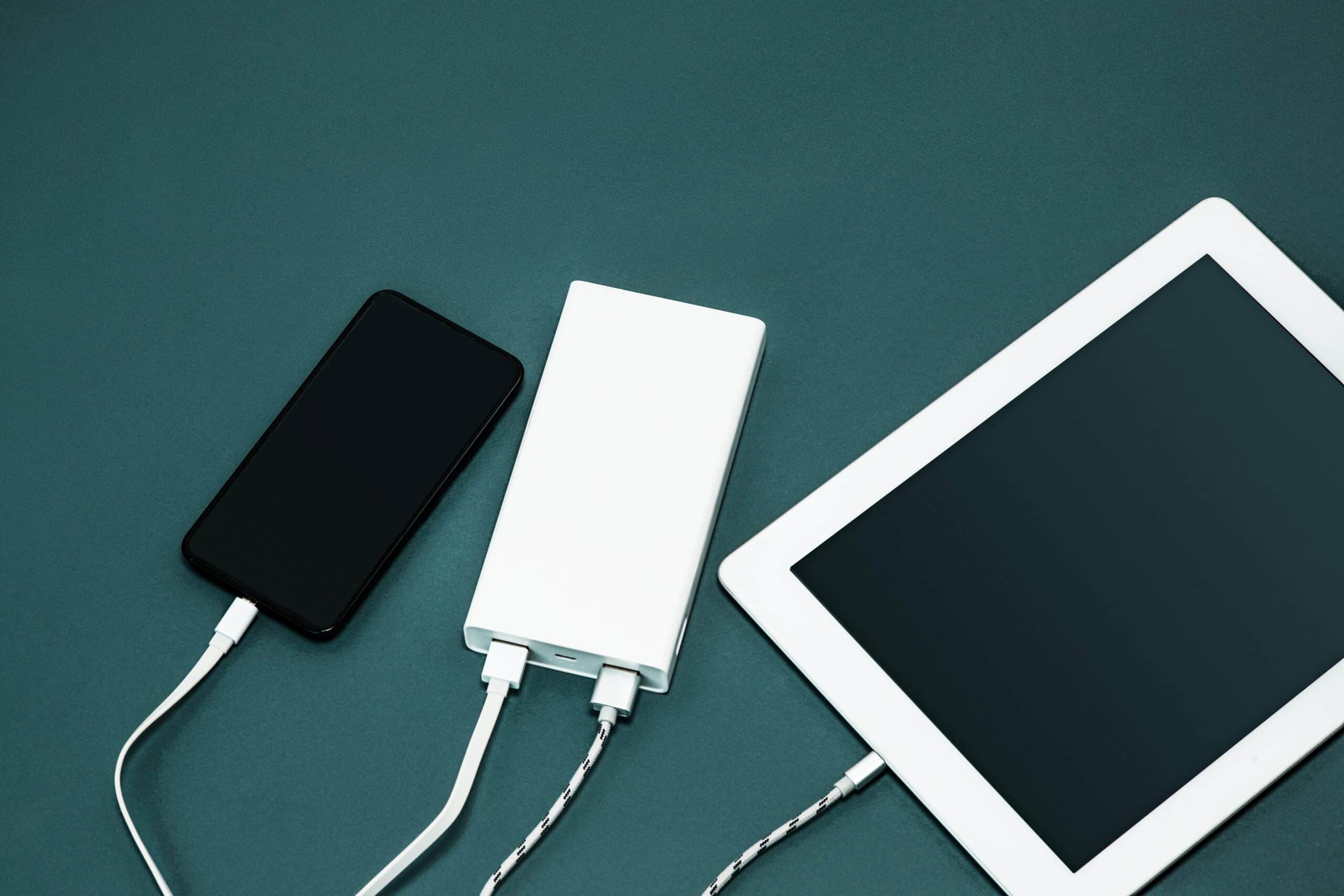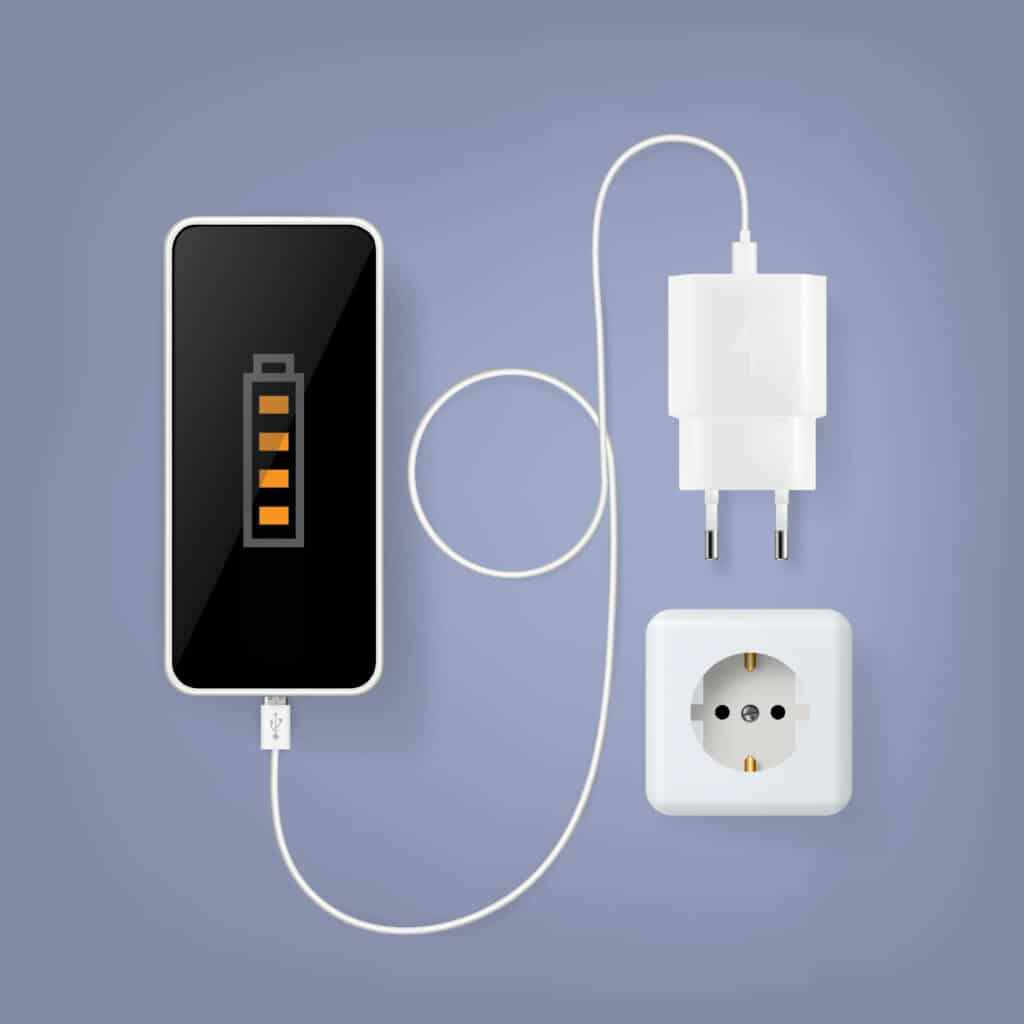One of the most common queries tech enthusiasts encounter is, “Can I use the same charger for for my iPhone and iPad?” In this in-depth guide, we will explore this topic and provide a definitive answer. We’ll also explore the potential benefits and precautions associated with using an iPad charger for an iPhone.
Apple’s iPad and iPhone devices both use a similar connector, leading many to wonder if the same power adapter can be used for both. The confusion arises from the fact that the adapters for these devices are different in size and have different wattage ratings. This raises the question of whether the higher-wattage adapter could potentially damage the iPhone due to a power overload.
Can You Use an iPad Charger for iPhone?
Modern electronic devices are designed with systems that ensure they draw the appropriate amount of power. These systems are designed to charge the device quickly but not so much that it could damage the device. This is the reason why you can safely use an iPad charger to charge your iPhone.
Faster Charging
Using an iPad charger to charge an iPhone can result in faster charging times. This is especially noticeable with iOS devices, which charge much more quickly when using a higher-wattage wall brick. For instance, if you charge an iPad Pro with the 29-watt MacBook USB-C charger, it will charge in half the time compared to the included 12-watt iPad charger.
Amperage and Battery Stress
The difference in the amperage rating between iPhone and iPad adapters is also worth understanding. An iPad charge brick is rated to handle 2.1 amps while the smaller iPhone charger is rated for just 1 amp. However, this amperage rating is only a measure of the charger’s maximum capability. The actual amperage drawn by the device is determined by its own specifications.
While this won’t cause an immediate issue, there is a possibility that it could stress the system over time and potentially limit the battery’s life. However, this would not become apparent for a year or more.
The Compatibility of Charging Cables
When it comes to charging cables, it’s important to note that the same cable can be used between an iPhone and iPad as long as the charging ports are compatible. So, if you have an iPhone and an iPad that both use Lightning ports, you can certainly use the same cable. However, if your devices have different types of ports (like a Lightning port on the iPhone and a USB-C port on the iPad), you’ll need separate cables.
Check Out: Wireless charging vs Cable Charging
Can an iPad Be Charged With an iPhone Charger?
While it’s possible to charge an iPad using an iPhone charger, it’s likely to be a slower process due to the lower power rating of the iPhone charger. However, in situations where no other charging block is available, even a slow charge is better than no charge at all.
Tips for Extending the Lifespan of iPhone and iPad Chargers
The chargers for your iPhone and iPad are essential accessories that ensure your devices stay powered up and ready to use. However, like any electronic device, they can degrade over time if not properly cared for. By following some simple tips, you can extend the lifespan of your iPhone and iPad chargers, saving you money and hassle in the long run.
Handle with Care
Treat your chargers with care to prevent damage. Avoid bending or twisting the cables, as this can cause internal wires to break. When unplugging the charger, grasp the plug instead of pulling on the cord to avoid undue stress on the connection points.
Store Properly
Proper storage can prevent unnecessary wear and tear on your chargers. When not in use, coil the cable neatly and avoid wrapping it too tightly, as this can lead to kinks and fraying. Store the charger in a cool, dry place away from direct sunlight and extreme temperatures.
Avoid Overheating
Excessive heat can damage the internal components of your charger. Avoid leaving the charger plugged in for extended periods when not in use, as this can cause it to overheat. Additionally, refrain from charging your devices on soft surfaces such as beds or sofas, as this can block airflow and lead to overheating.
Unplug During Electrical Storms
During electrical storms, power surges can occur, which may damage your charger and other electronic devices. To protect your charger from potential damage, unplug it from the power outlet during storms or use a surge protector to safeguard against voltage spikes.
Clean Regularly
Dust and debris can accumulate on the charger’s connectors over time, hindering its performance. Periodically clean the charger with a soft, dry cloth to remove any buildup. Avoid using liquid cleaners or abrasive materials, as these can damage the charger.
Avoid Using While Charging
Using your iPhone or iPad while it’s charging can put additional strain on the charger and increase the risk of overheating. Whenever possible, refrain from using your device while it’s plugged in to extend the lifespan of your charger.
Use Genuine Chargers
While third-party chargers may be cheaper, they may not meet the same quality standards as genuine Apple chargers. Using counterfeit or inferior chargers can not only damage your devices but also pose safety risks. Invest in genuine charger from reputable sources to ensure compatibility and reliability.
Monitor for Signs of Wear
Regularly inspect your charger for any signs of wear or damage, such as frayed cables, loose connections, or exposed wires. If you notice any issues, discontinue use immediately and replace the charger to prevent potential hazards.
Optimize Charging Habits
Overcharging your devices can degrade the battery over time and put strain on the charger. To optimise battery health and prolong the lifespan of your charger, avoid leaving your devices plugged in overnight or for extended periods after reaching full charge.
Check Out: Is Wireless Charging Bad For Your iPhone Battery?
Replace When Necessary
Despite your best efforts, chargers have a limited lifespan and may eventually need to be replaced. If you notice a significant decrease in charging speed or reliability, or if the charger shows signs of damage, it’s time to invest in a new one to ensure continued performance and safety.
While it’s technically possible to use the same charger for your iPhone and iPad, it’s essential to consider factors such as voltage, amperage, and wattage to ensure optimal charging performance and device safety. When in doubt, always refer to the manufacturer’s recommendations and opt for certified chargers from reputable sources.
FAQs
What is the difference between an iPhone charger and an iPad charger?
The main difference between an iPhone charger and an iPad charger is the wattage. iPhone chargers typically have a wattage of 5W, while iPad chargers have a wattage of 10W or 12W.
Can I use the same charger for my iPhone and iPad?
Yes, you can use the same charger for your iPhone and iPad as long as it is a 10W or 12W charger. However, using a 5W charger for an iPad may result in slower charging times.
What happens if I use a 5W charger for my iPad?
Using a 5W charger for an iPad may result in slower charging times. It may also cause the iPad to not charge at all if it is being used while charging.
Can I use an iPad charger for my iPhone?
Yes, you can use an iPad charger for your iPhone. However, it may result in faster charging times than necessary and may cause the battery to degrade faster over time.
Is it safe to use a third-party charger for my iPhone or iPad?
It is generally safe to use a third-party charger for your iPhone or iPad as long as it is certified by Apple’s MFi program. Using uncertified chargers may result in damage to your device or even pose a safety risk.
PK|24112080|1:30|CON




